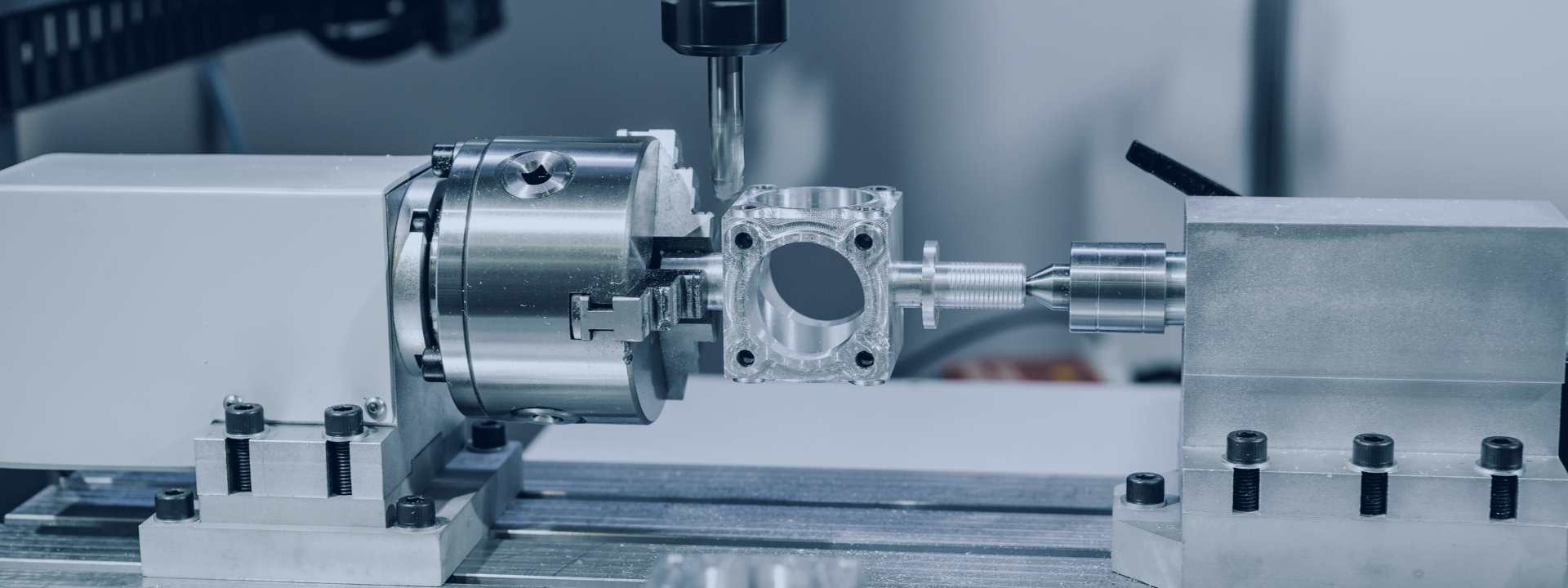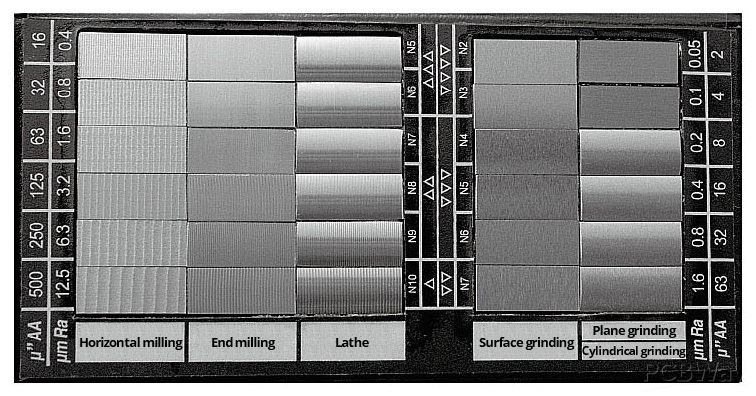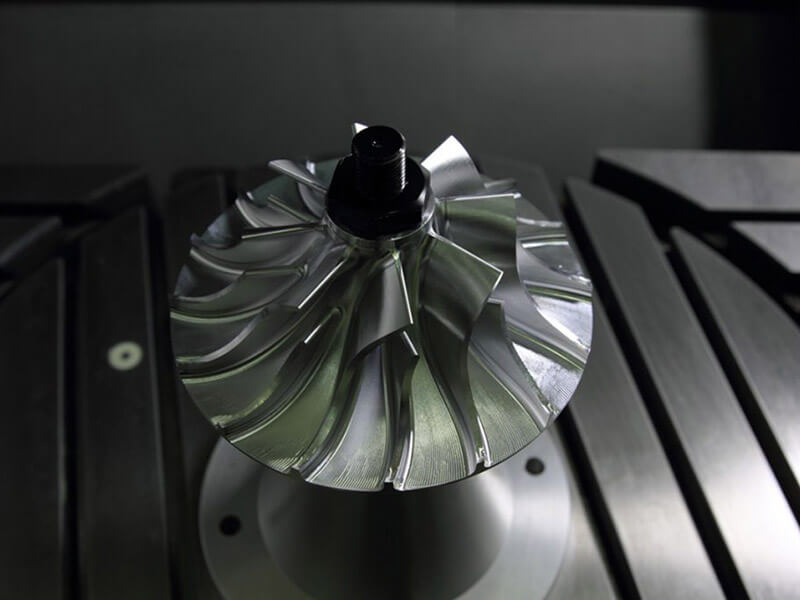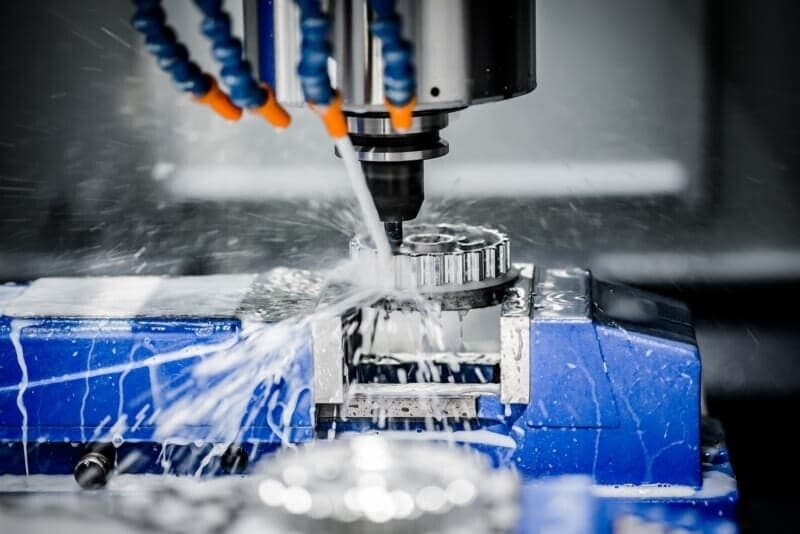In the field of prototype manufacturing, CNC machining and silicone mold production are two commonly used techniques, each offering distinct benefits based on the needs of the product and the manufacturing process. Analyzing these methods from different perspectives—such as tolerances, surface finish, deformation rates, production speed, cost, and material compatibility—provides valuable insights for selecting the appropriate technique.
Product Tolerances and Precision:
CNC machining is renowned for its high precision, with tolerances as tight as ±0.01 mm, making it the ideal choice for complex geometries or parts requiring detailed accuracy. This is particularly important for mechanical assemblies or functional prototypes where precision is critical. In contrast, silicone mold production offers less accuracy, with typical tolerances around ±0.1 mm. However, this level of precision is often sufficient for many consumer products or early-stage prototypes.
Surface Finish and Aesthetic Quality:
CNC machining produces excellent surface finishes, especially for metals and rigid plastics. Post-processing options such as anodizing, bead blasting, or polishing can enhance surface quality, delivering a high-end look and feel, which is essential for aesthetic prototypes. On the other hand, silicone molds can replicate textures and fine details quite well but often require secondary finishing to achieve a comparable surface smoothness, especially with softer materials like rubbers or elastomers.
Deformation and Structural Integrity:
CNC machining, being a subtractive process, offers high structural integrity with minimal deformation since there’s no heating or curing involved. This makes it suitable for parts that need to maintain dimensional stability, especially under load or stress. Silicone mold production, however, involves casting materials that may experience slight shrinkage or warping during the curing process, which could impact the accuracy of the final product, especially for larger or thicker components.
Production Speed and Lead Time:
When it comes to production speed, silicone molding has a significant advantage in creating multiple prototypes in a shorter timeframe. Once the mold is prepared, production can ramp up quickly, making it ideal for small-batch manufacturing and market testing. CNC machining, while slower for high-volume production, offers rapid turnaround times for single or low-quantity parts, making it the better choice for initial prototypes or when design iterations are frequent.
Cost and Material Utilization:
CNC machining typically involves higher costs due to the expense of raw materials (especially metals) and the machine time required for complex parts. Additionally, CNC processes can lead to material wastage, particularly in subtractive manufacturing where significant portions of the material are removed. In contrast, silicone mold production is more cost-effective for low-volume runs, as the material costs are lower, and molds can be reused. However, silicone molding requires upfront tooling investment, which may not be justified for extremely low quantities or one-off prototypes.
In conclusion, CNC machining and silicone mold production both play crucial roles in prototype manufacturing, each suited for different stages of product development. CNC machining is preferred for high-precision, rigid, and detailed prototypes, while silicone molding offers a faster, more cost-effective solution for flexible, ergonomic, or multi-unit production. Understanding the specific requirements of the prototype, including tolerances, surface finish, production volume, and material needs, is essential in selecting the right method for your project.
Post time: Oct-23-2024








